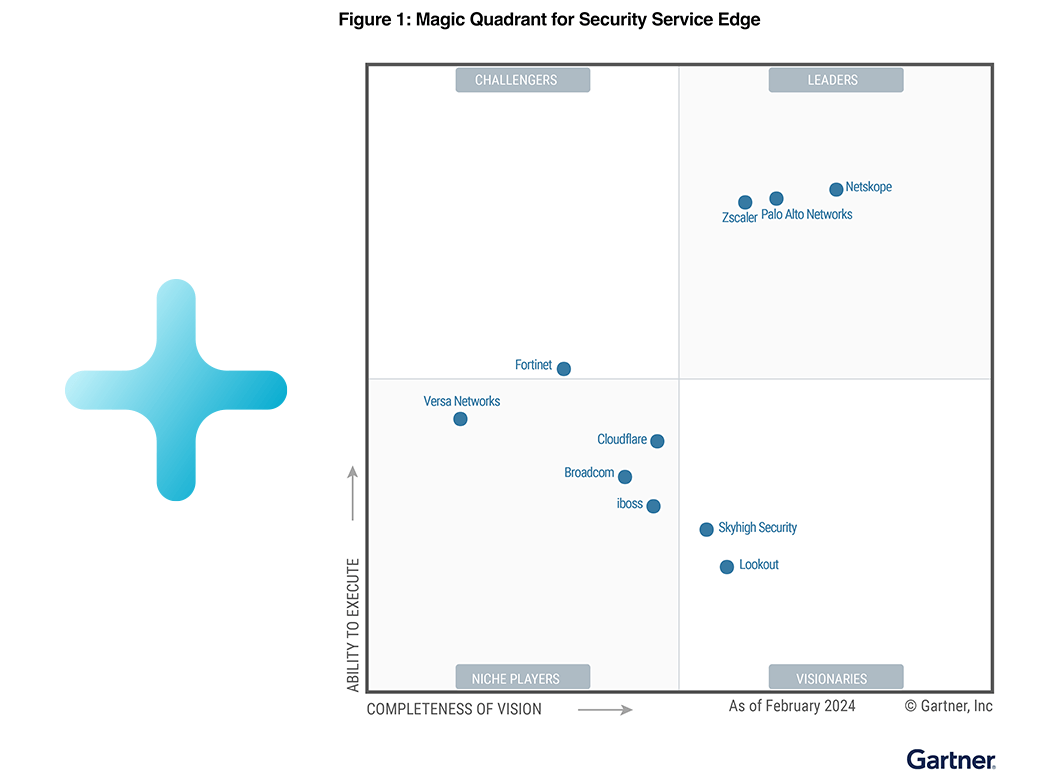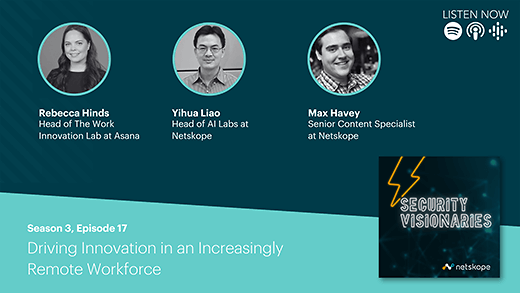Microsegmentation enhances security by limiting an attacker’s movement and controlling access in specific areas of a data center or cloud setup. It aims to restrict lateral movement (east-west traffic) and improve security within the network. This technique helps prevent unauthorized access and reduces the potential damage caused by an attacker. By dividing the network into smaller isolated segments, microsegmentation provides an additional layer of protection against cyber threats and unauthorized access.
This process has been around for a long time in network security. It has become easier to use with software-defined networking and more virtualization. Top microsegmentation vendors provide products that create secure areas in data centers and cloud networks. These products enforce strict rules on traffic between these areas to prevent security incidents.
Microsegmentation limits the risk of breaches by reducing attack surfaces and restricts damage attackers can inflict by limiting their ability to expand access across a system. With virtualization and cloud, microsegmentation allows organizations much more granular control in security architecture.




 Back
Back 
























